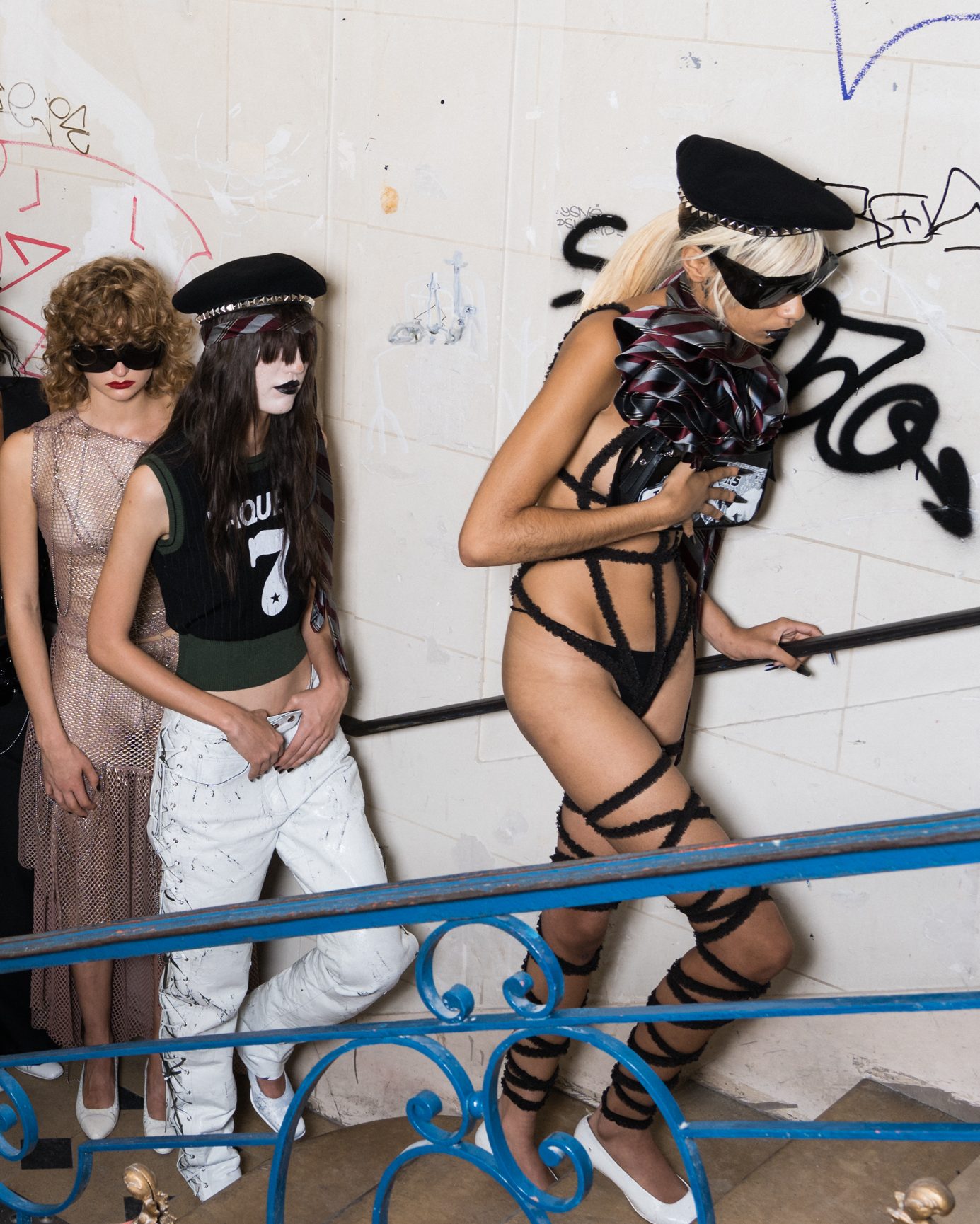What is Vaquera?
It’s a band of outsiders. It’s fashion fan fiction. It is, literally, ‘cowgirl’ in Spanish. And it’s quite fun to say aloud.
For the label’s designers, (today, Patric DiCaprio and Bryn Taubensee) nothing is off-limits when it comes to inspirations. Showgirls (1995), chef whites, graduation gowns, Margaret Atwood’s The Handmaid’s Tale, even their design heroes Vivienne Westwood and Miguel Adrover – these are all blended together and alchemised into their DIY-feeling designs. More than anything, in attitude, though not design – Vaquera has stayed punk.
“We take ourselves a lot more seriously now. We’ve always really believed in what we do, but it’s hard to feel confident in it when you feel like other people don’t take you seriously,” Taubensee says from Paris, as the brand turns ten. “But if people fully got it, we would be doing something wrong,” DiCaprio chimes in. “It still needs to be a little bit hard to understand.”
While its motives have sometimes been misunderstood, Vaquera’s energy is undeniable. It’s a punk spirit done in an American way, a mission to Make American Fashion Great Again. From blue and white collar workers to indulgent chocolate boxes and Tiffany & Co’s jewellery bags to the literal Stars and Stripes – the collective simultaneously pokes fun at America (and fashion) while celebrating it. For AW19, it sent its models sprinting past in gowns so gargantuan, they risked sweeping phones out of the hands of showgoers on both sides of the front row.
Since transplanting to Paris in 2022, there’s a new sense of polish to the rebels’ point of view, culminating with the Spring/Summer 2025 collection. No longer an underground brand hosting shows in the basement of a Chinese restaurant in downtown New York or a high school on the Lower East Side, the latest offering is Vaquera 2.0. “People perceive us as high fashion, a confusing concept, but this is a really wearable brand – we wear it almost every single day and don’t look crazy,” DiCaprio says. “This season we were thinking about what makes Vaquera Vaquera and how we show it in a way that is more universal, but doesn’t feel like selling out or showing a boring collection. We designed it in a way that feels exciting and has the fantasy of what we love about fashion, but is relatable, approachable and wearable and that’s why we’re excited.”
While this isn’t this cowgirl’s first time at the rodeo, she’s still intrigued in riding the bucking bronco until it stops. “We’re both never completely satisfied, which I think is a good and a bad thing. There’s always improvements to be made and things to learn,” Taubensee says. “It’s a masochistic thing,” DiCaprio adds. “You put in this work and you achieve a certain amount of success and then that starts to feel normal and you crave it. Then you go for a goal that seemed impossible a year ago. Now, I wanna achieve that.”
As the brand celebrates a decade of disruption, DiCaprio and Taubensee pinpoint the moments that have defined Vaquera.
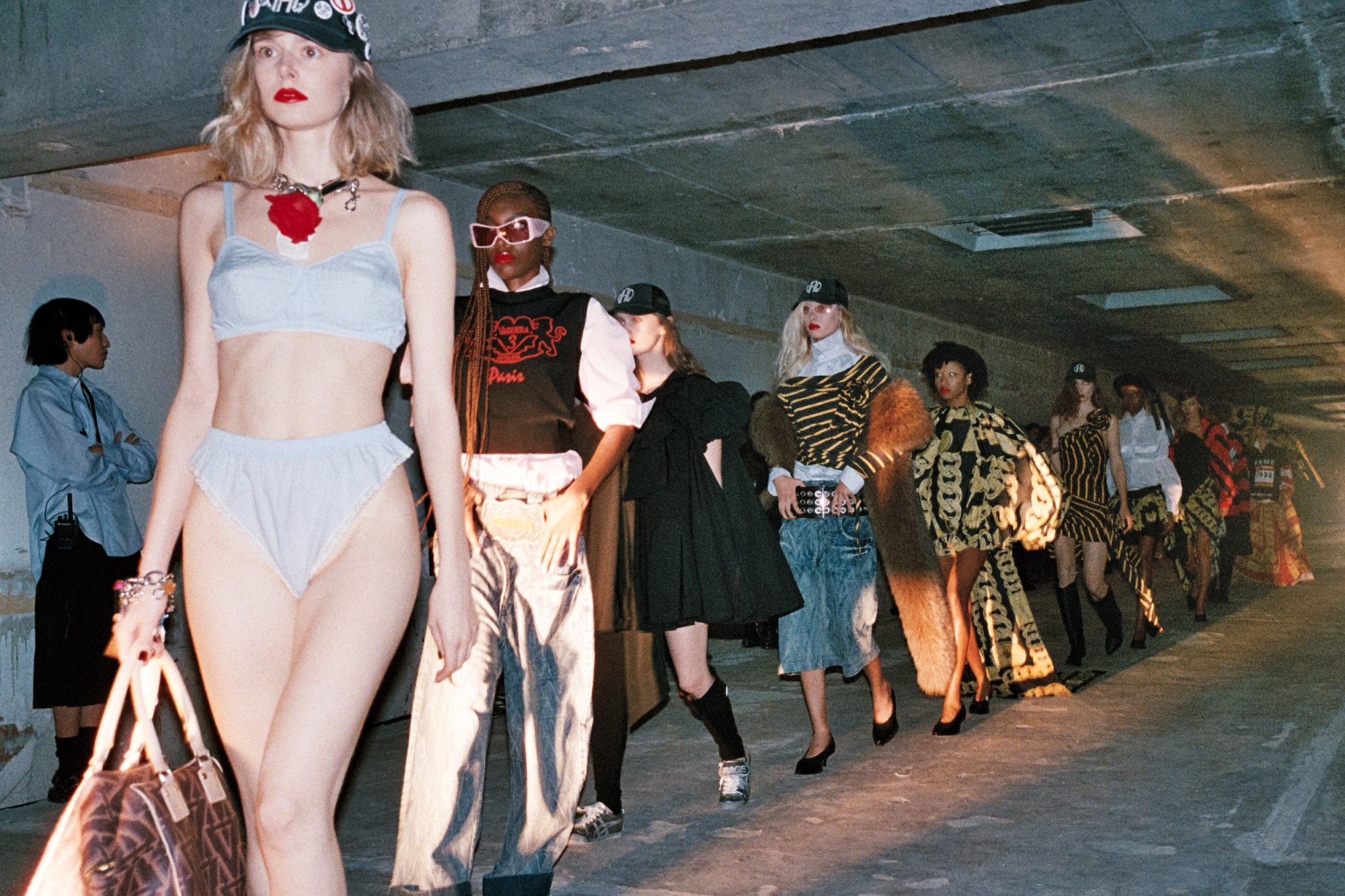
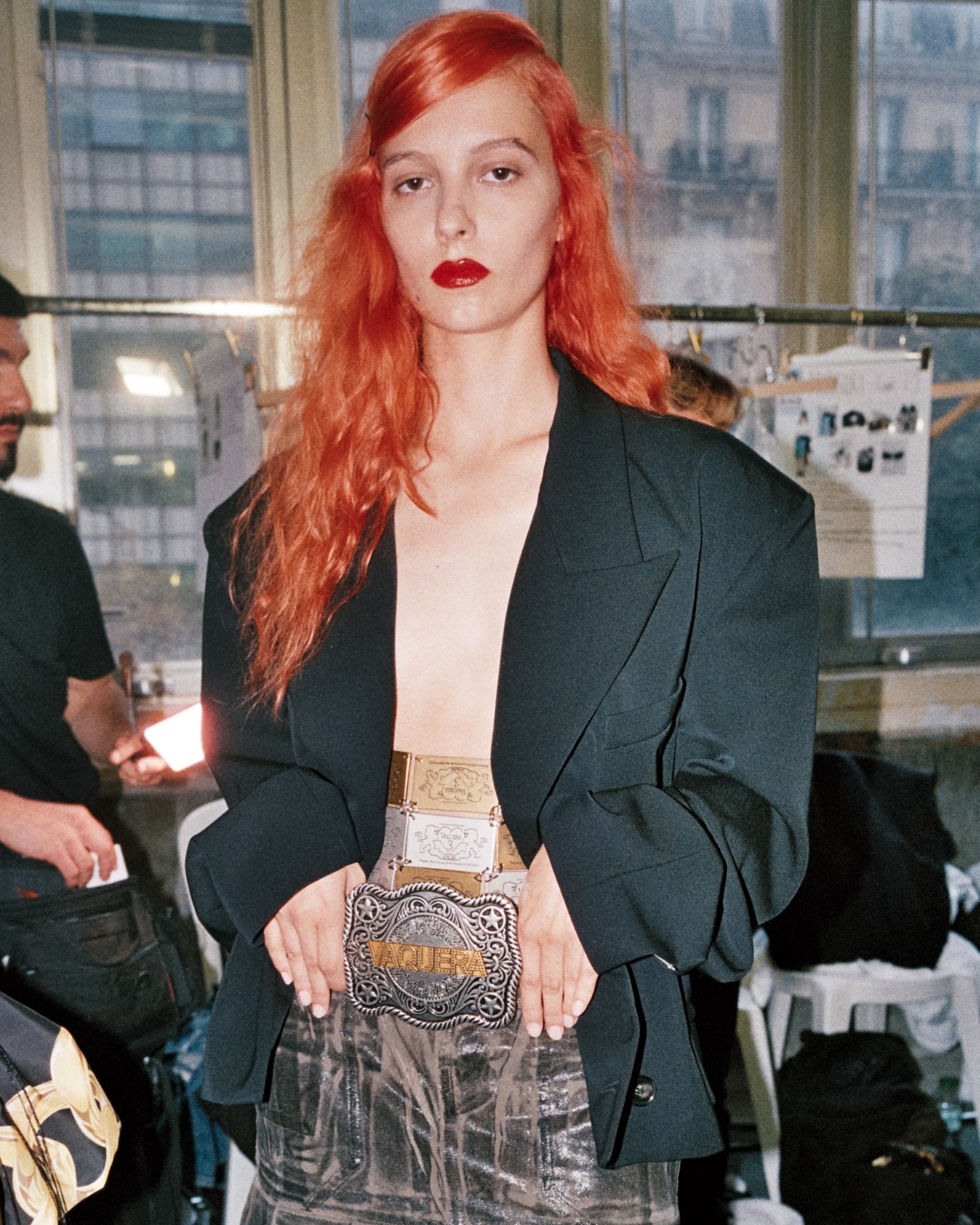
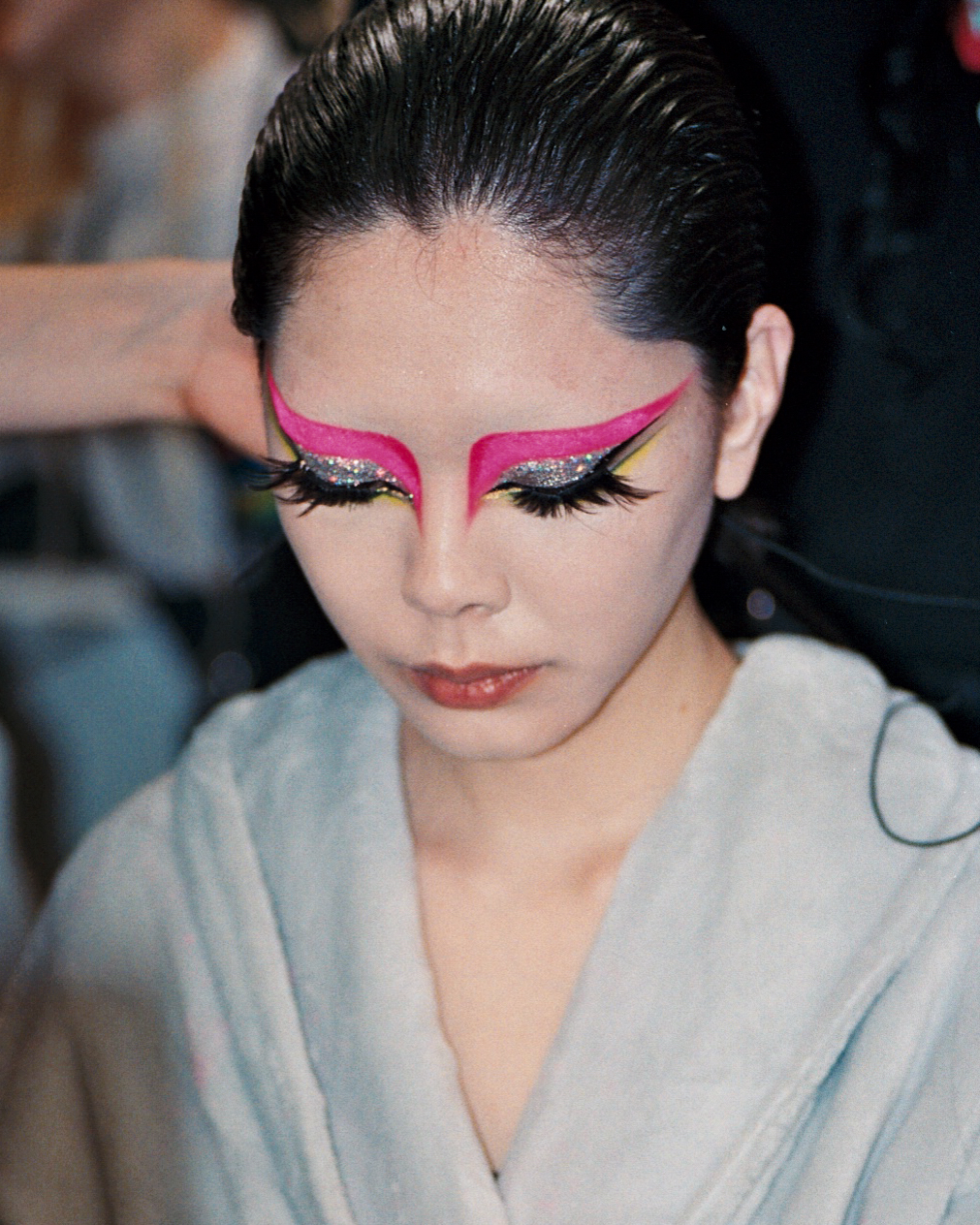
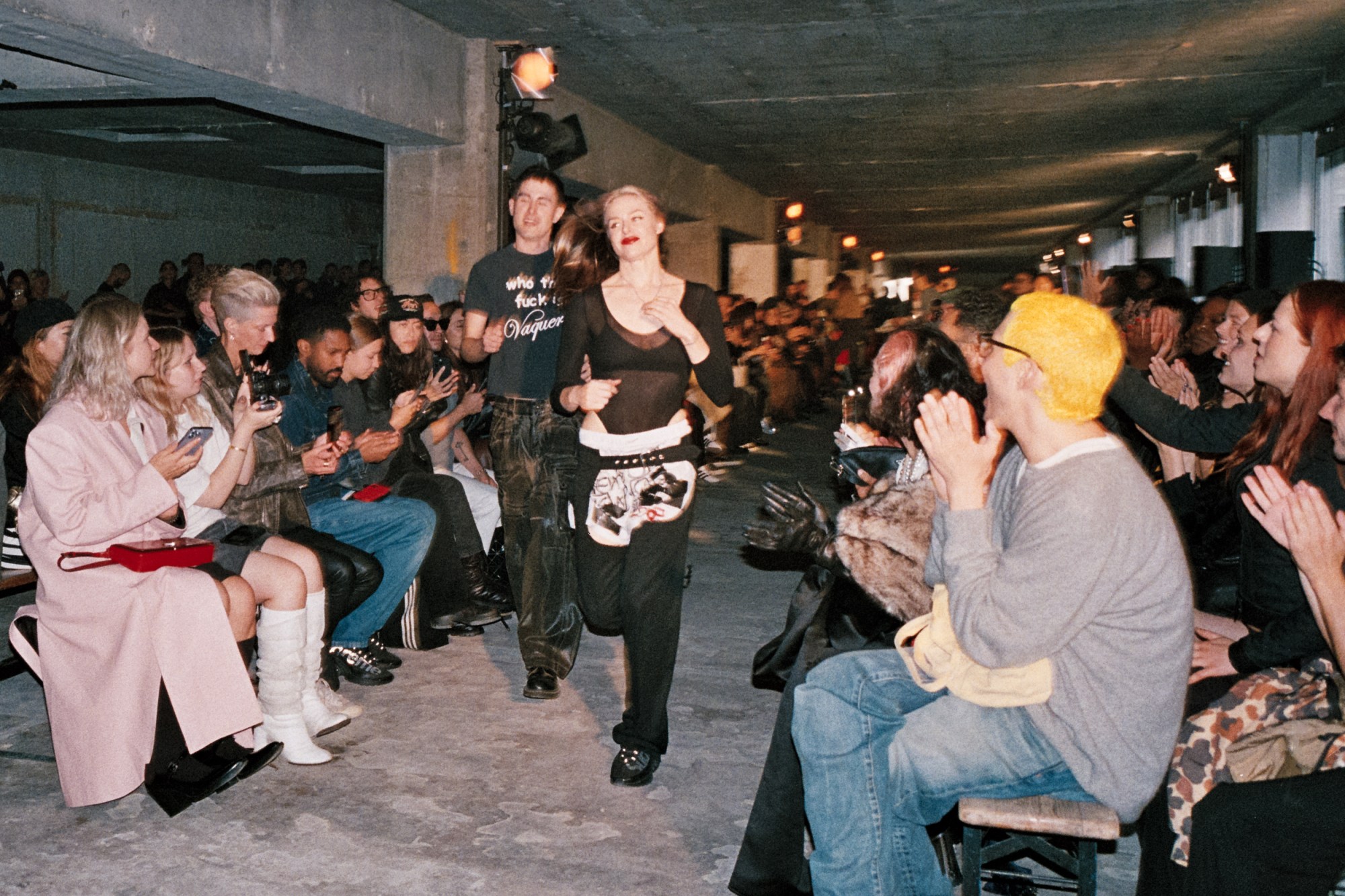
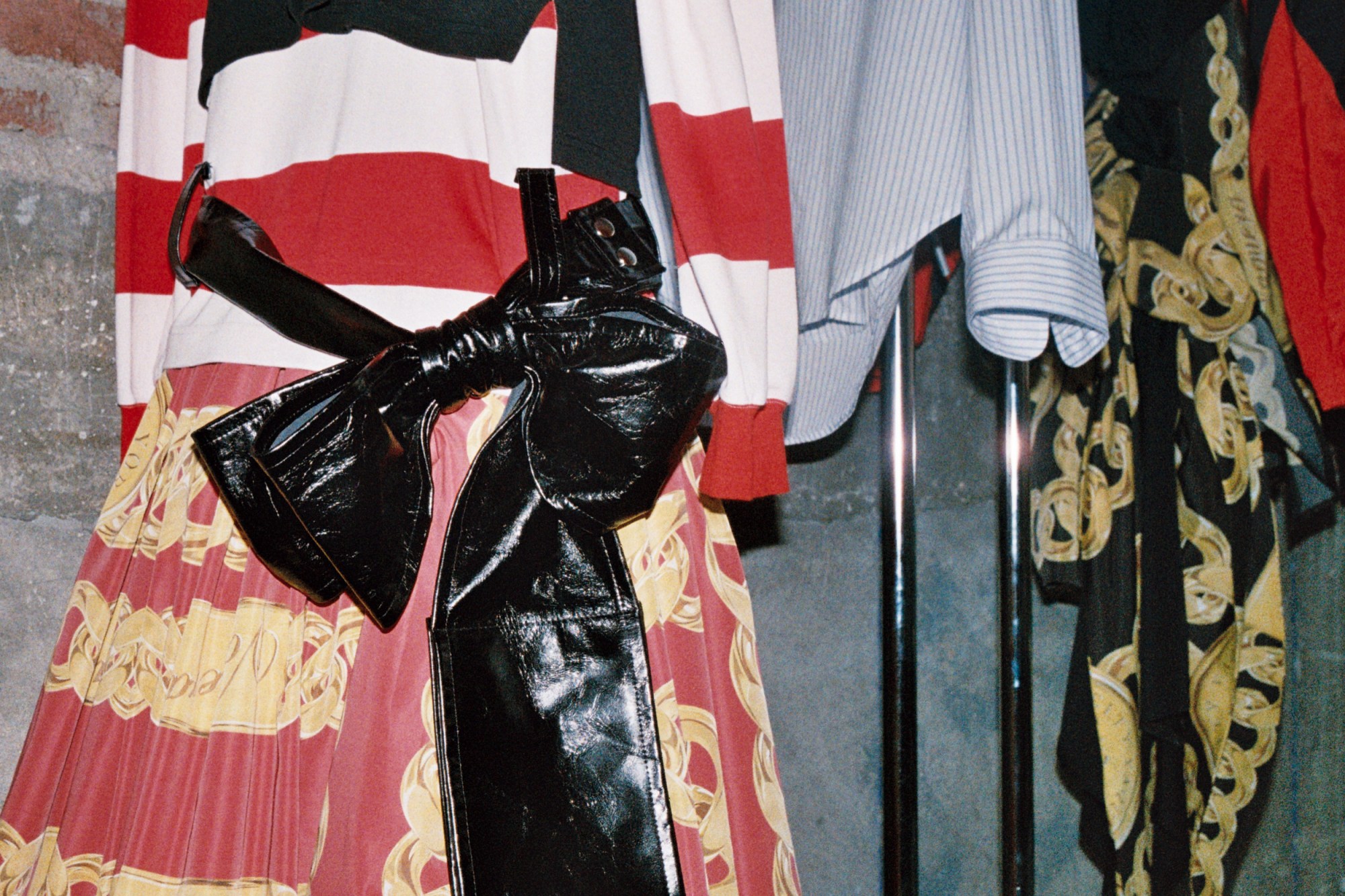
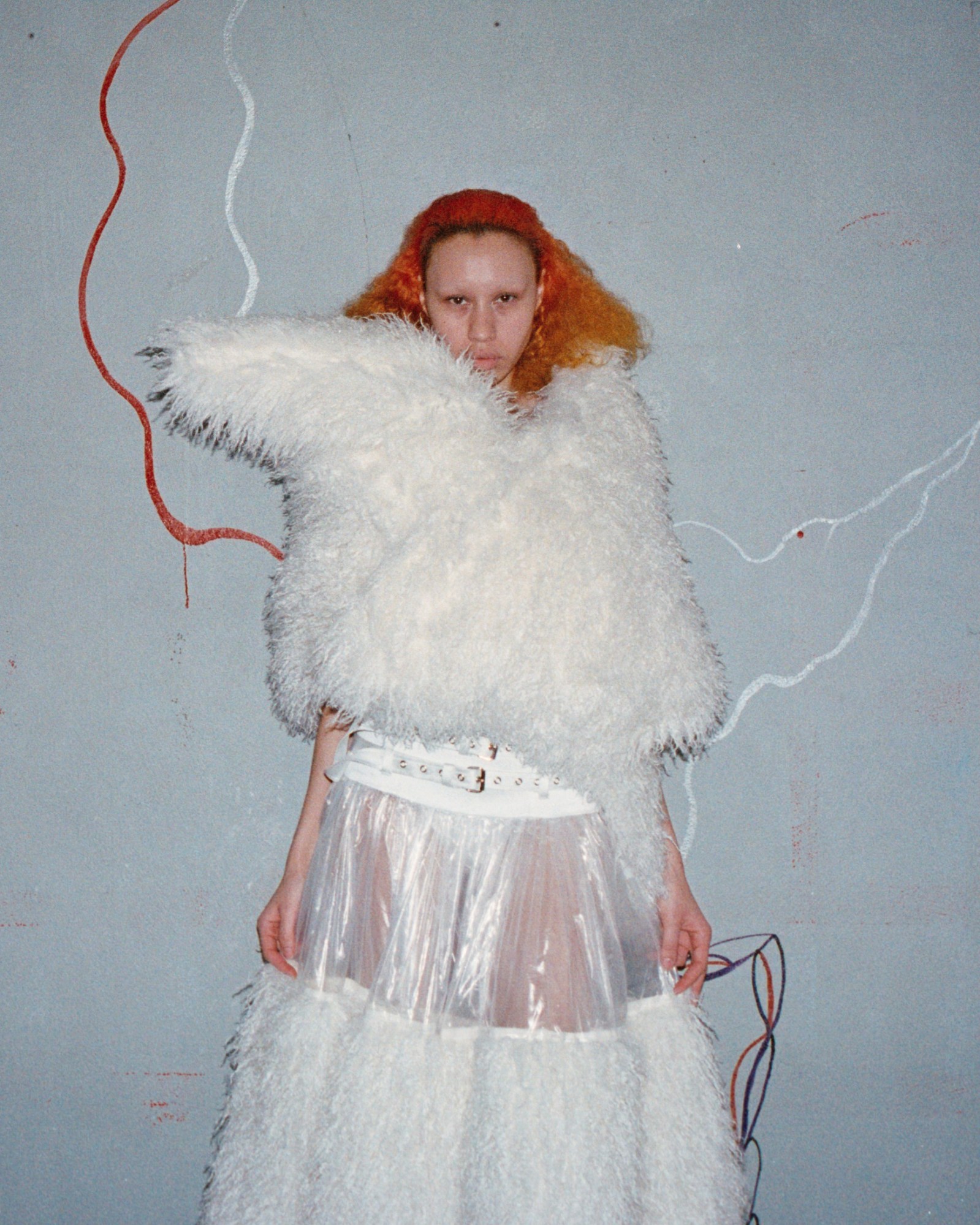
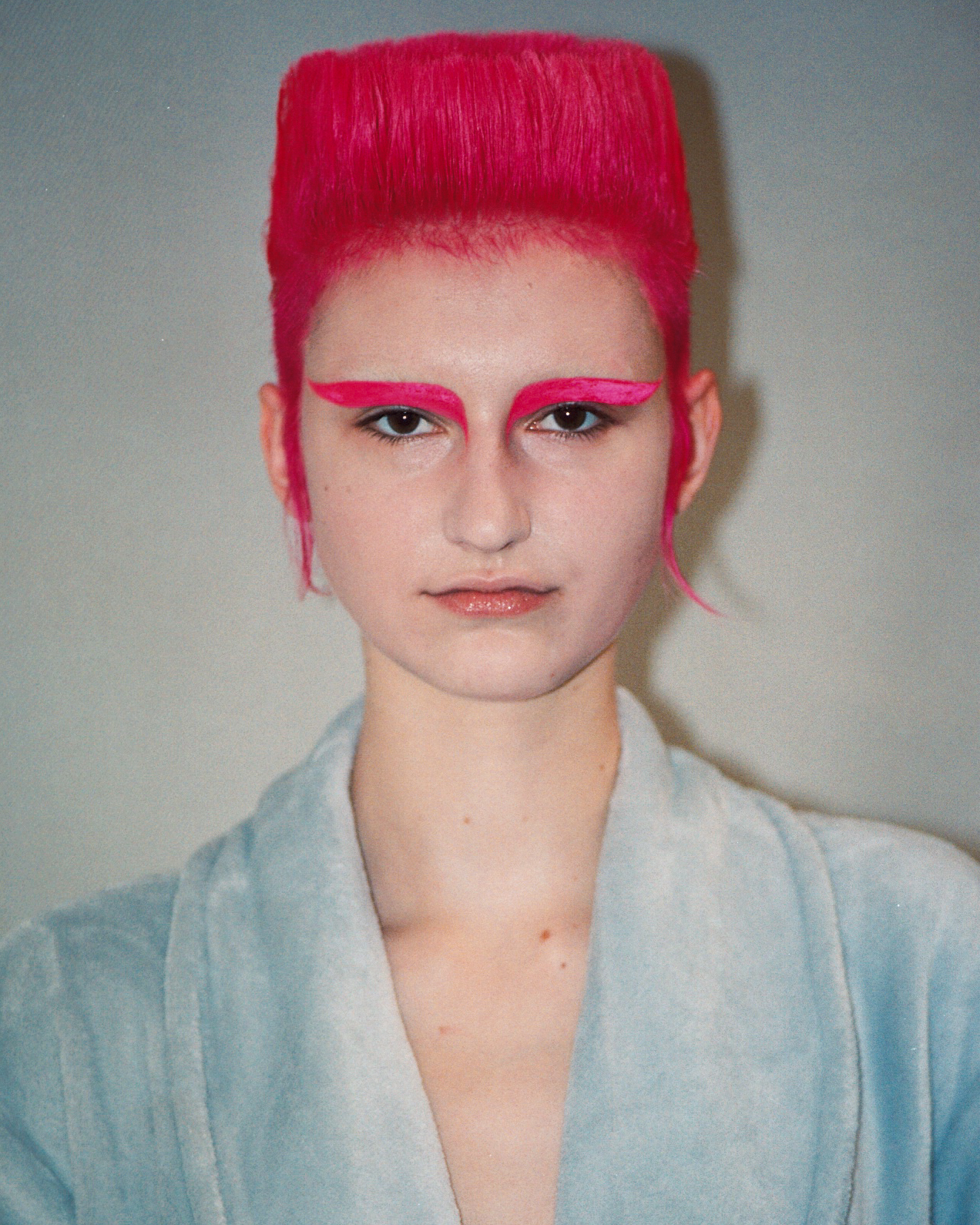







1. Buying a Sewing Machine From Amazon (2013)
Patric DiCaprio: The spark that started this inferno. I was working at Simone Martini Bar and I was having a drink with someone before my shift because I hated my job. I told them I was a stylist but I was never able to get the clothes I wanted to shoot because nobody would lend to me. I joked that I should make clothes myself, even though I’d never sewn before. I got on Amazon and bought a sewing machine for $150. When it came in the mail, I started looking at videos on YouTube of how to make a pleated skirt, and I learned step-by-step how to do it. The first collection was literally the first things I’d ever sewn and all in the same fabric because that was all I could afford. It’s crazy to think about how the shows we do now are more complex, elevated and thought through but when I look back at this collection, it’s more cohesive. I knew what I wanted and I did it.
2. The AW15 Subway Show (2015)
PDC: I had seen people busking in subway stations or the Hare Krishna, so I decided to do that. I made a collection and asked my friends if they wanted to be in it and then we went 30 minutes early and rolled out a carpet and posed in the subway. A lot of people came, it was crazy. I thought it was just going to be me taking pictures and random passersby thinking, ‘What the fuck is this?’ but it was a big success. Then, a couple of digital articles came out and that was one of the first moments I realised there was interest in this. People wanted to wear it too. I had to figure out how to make it so you could wear it more than once without it falling apart.
3. The Text Inducting Bryn (2016)
Bryn Taubensee: I’d been to all the Vaquera shows and admired Patric. It was literally a text: ‘Hey, do you want to join Vaquera?’ I think about that moment and how crazy it is that a casual text changed the course of my whole life.

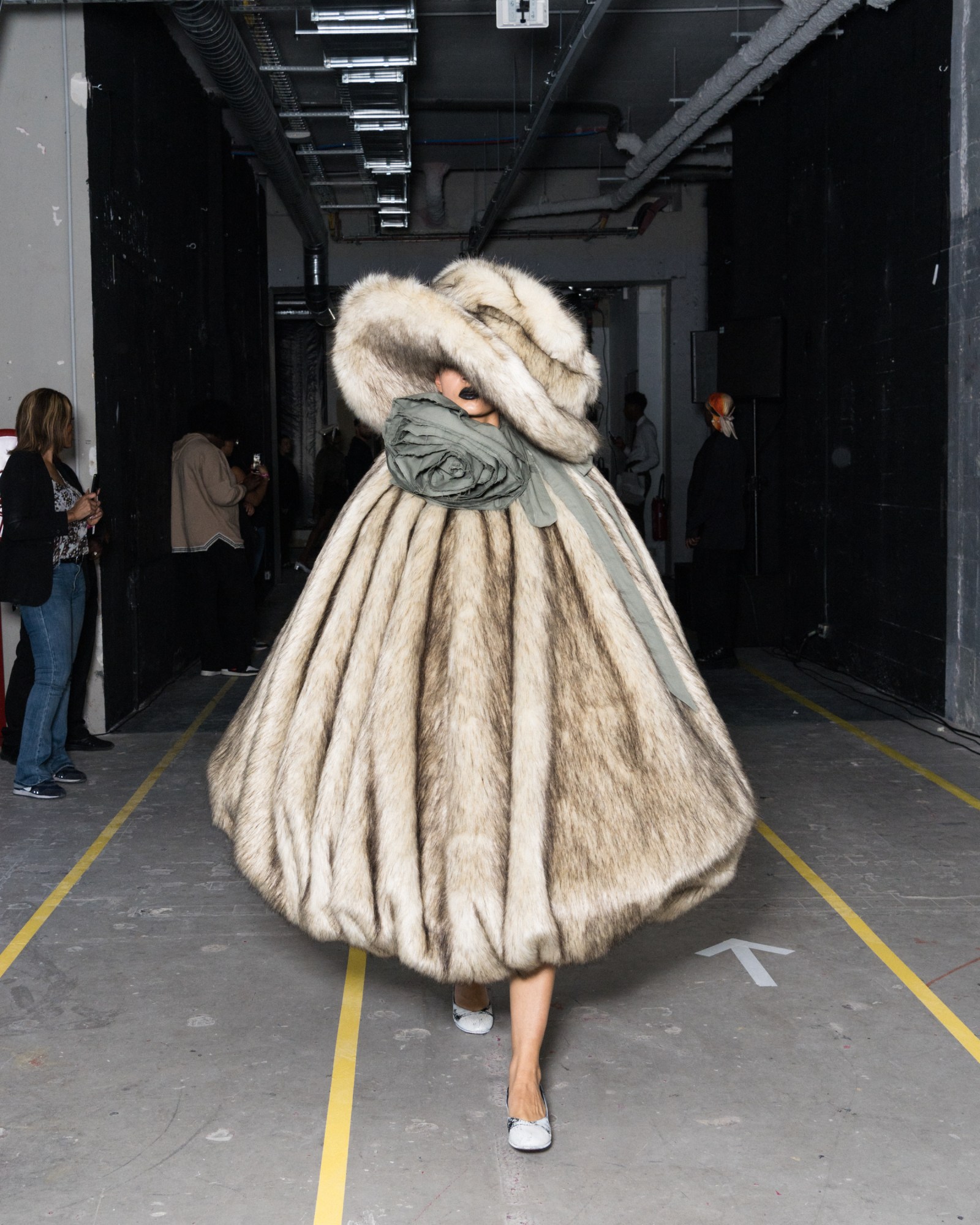
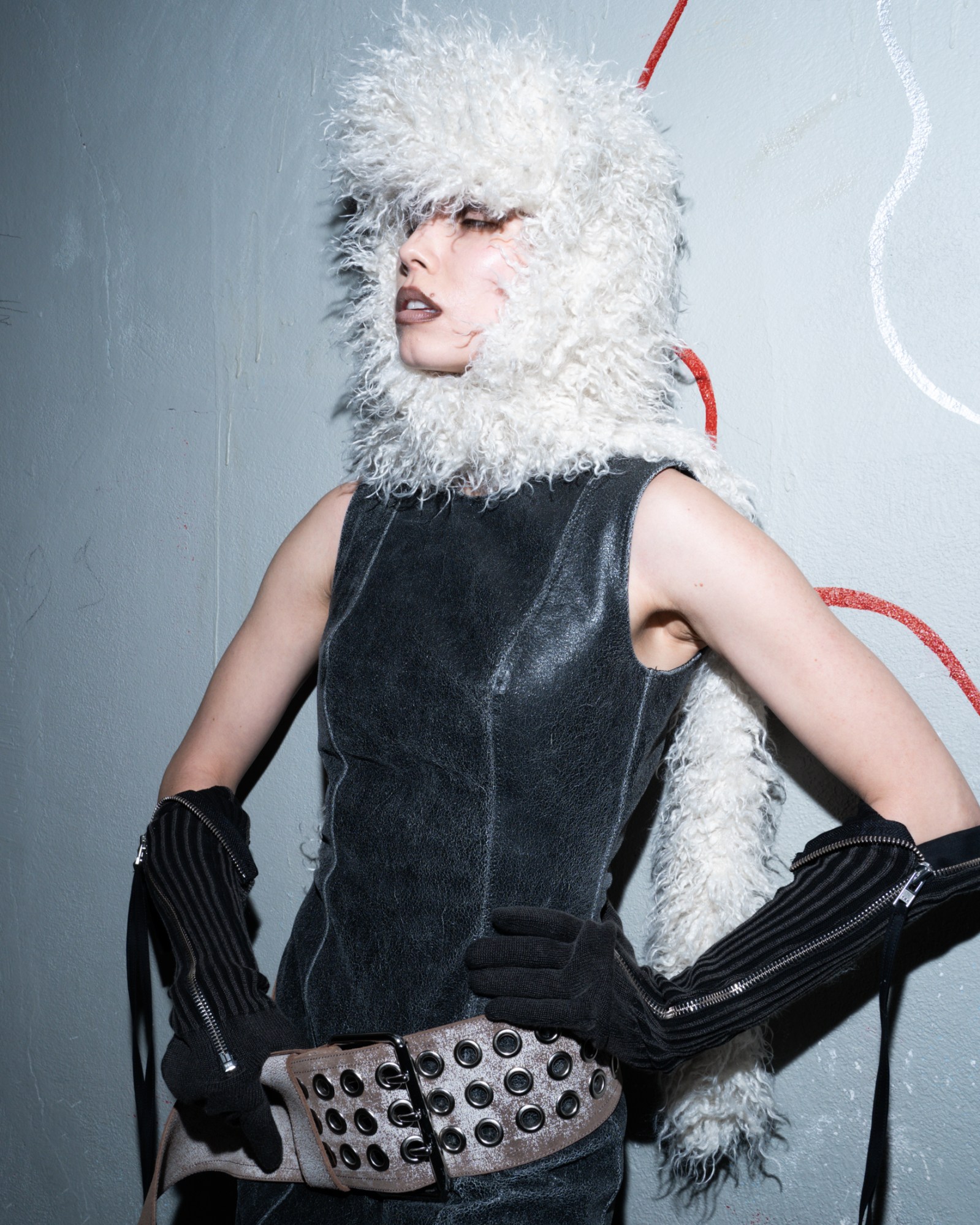

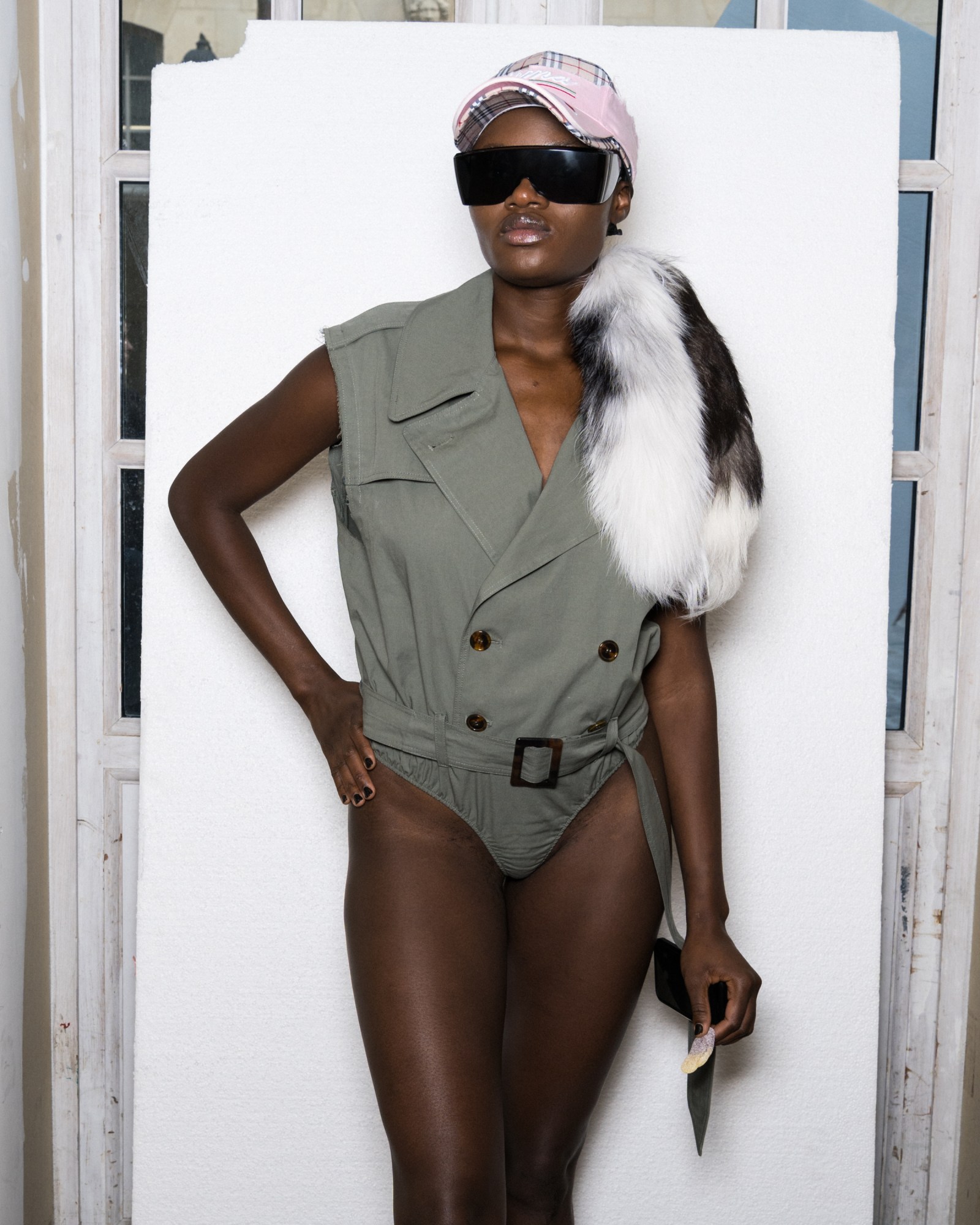
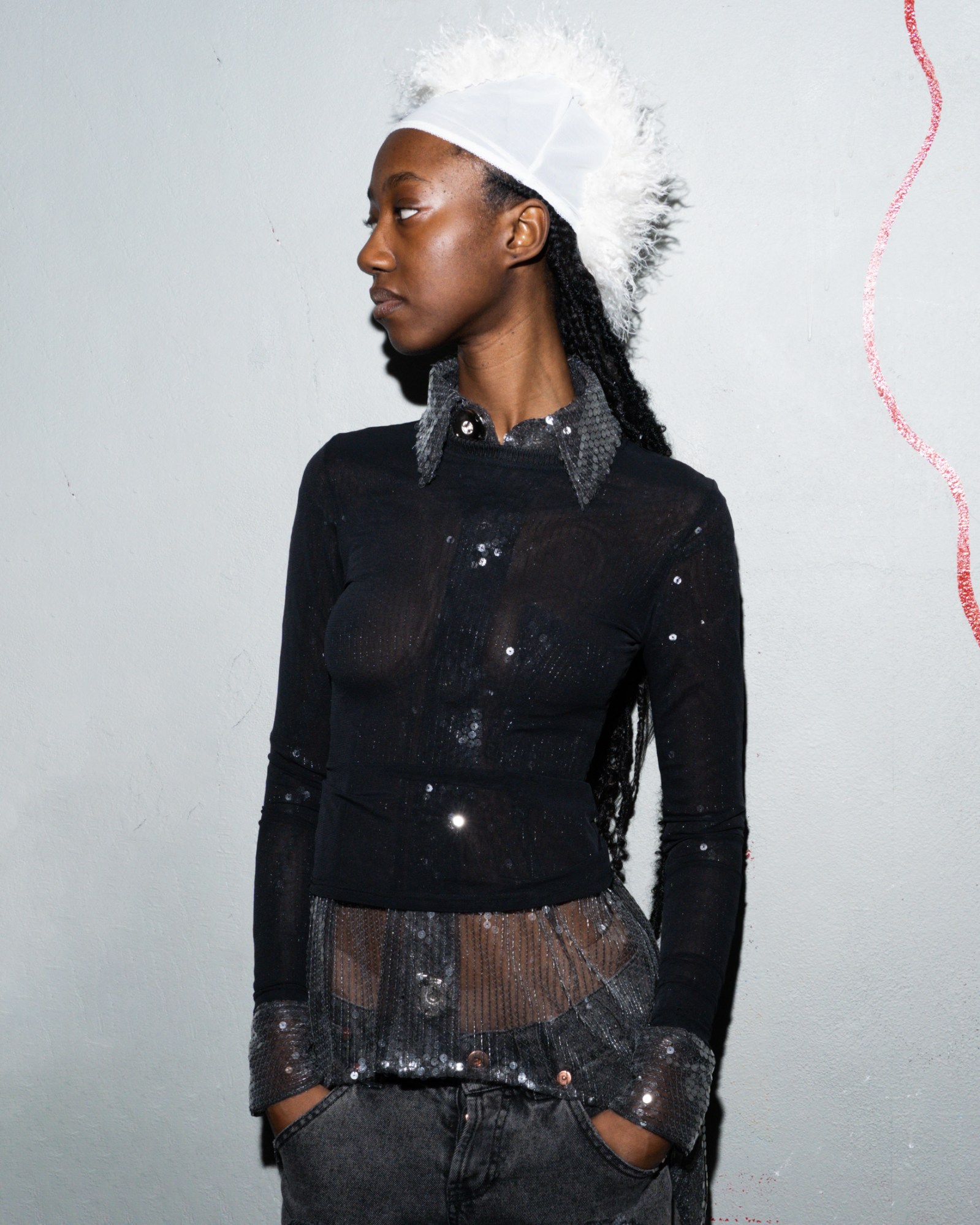
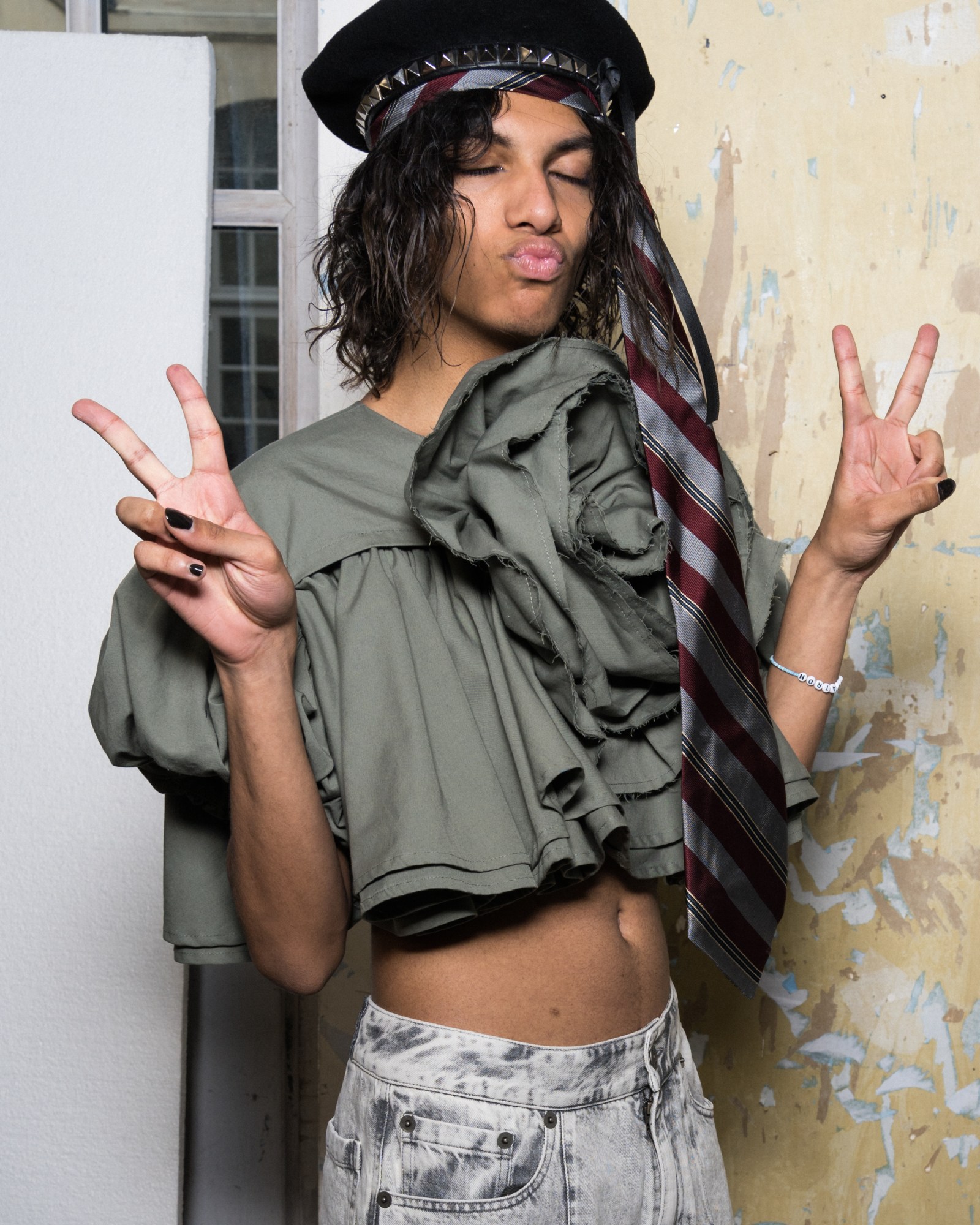







4. The AW16 Show at China Chalet (2016)
BT: This felt like a big one because that was when I first joined. David Moses was with the brand then too, so it was the first time that Vaquera was a collective. It really felt like a moment in New York fashion history and was very significant that it was at China Chalet. It feels like a moment that we will never go back to, New York fashion will never be like that again.
PDC: It’s so normal now to street cast or do shows at atypical venues. But in 2016, doing a show in a Chinese restaurant and casting your friends, dolls, and somebody’s mom felt really new. I remember in those days, I couldn’t wait to send out a certain look because I knew it was really going to gag everyone. That show was so amazing, everyone was smoking cigarettes on the runway; the models were kissing. I wish I could have been a fly on the wall.
5. Meeting Stylist Emma Wyman (2016)
PDC: She shot me for a story as part of the New York underground and I remember thinking, ‘Who’s this tough lady who is so cool, talented and slick but also easy to talk to, fun and so accomplished in her work?’ We really hit it off and had a drink after the shoot and I said if she wanted to style for Vaquera, it would be fun to work together. I was kind of kidding, but then she followed up and I was like ‘let’s do this.’ That was a big game-changer. Each season she became more and more involved and now she’s consulting. We talk to her from the very beginning of the collection, to the last moment when it goes out. We’re really thankful to her and she brought a lot of respect to our name, so we really appreciate her for that.
BT: She was really instrumental in helping us get off the ground in the beginning. We haven’t worked for big brands or got proper fashion education, we’re shooting in the dark the whole time. It’s really nice to have someone who actually understood the industry, so she’s super important to us.
6. Joining the New York Fashion Week Schedule For AW17 (2017)
BT: We were so young and naive then. I remember we were all at a Polish deli near our studio in Greenpoint and we got the email. We were like, ‘We’ve made it!’ and it’s cute when you’re naive about stuff like that. Technically it was a big deal, but when you’re in the industry, you get jaded.
PDC: That Tiffany bag collection [AW17] was a big deal. It felt like a turning point and was the first season on Vogue. It was like, we’re really going to do this: it’s not just a New York underground brand.
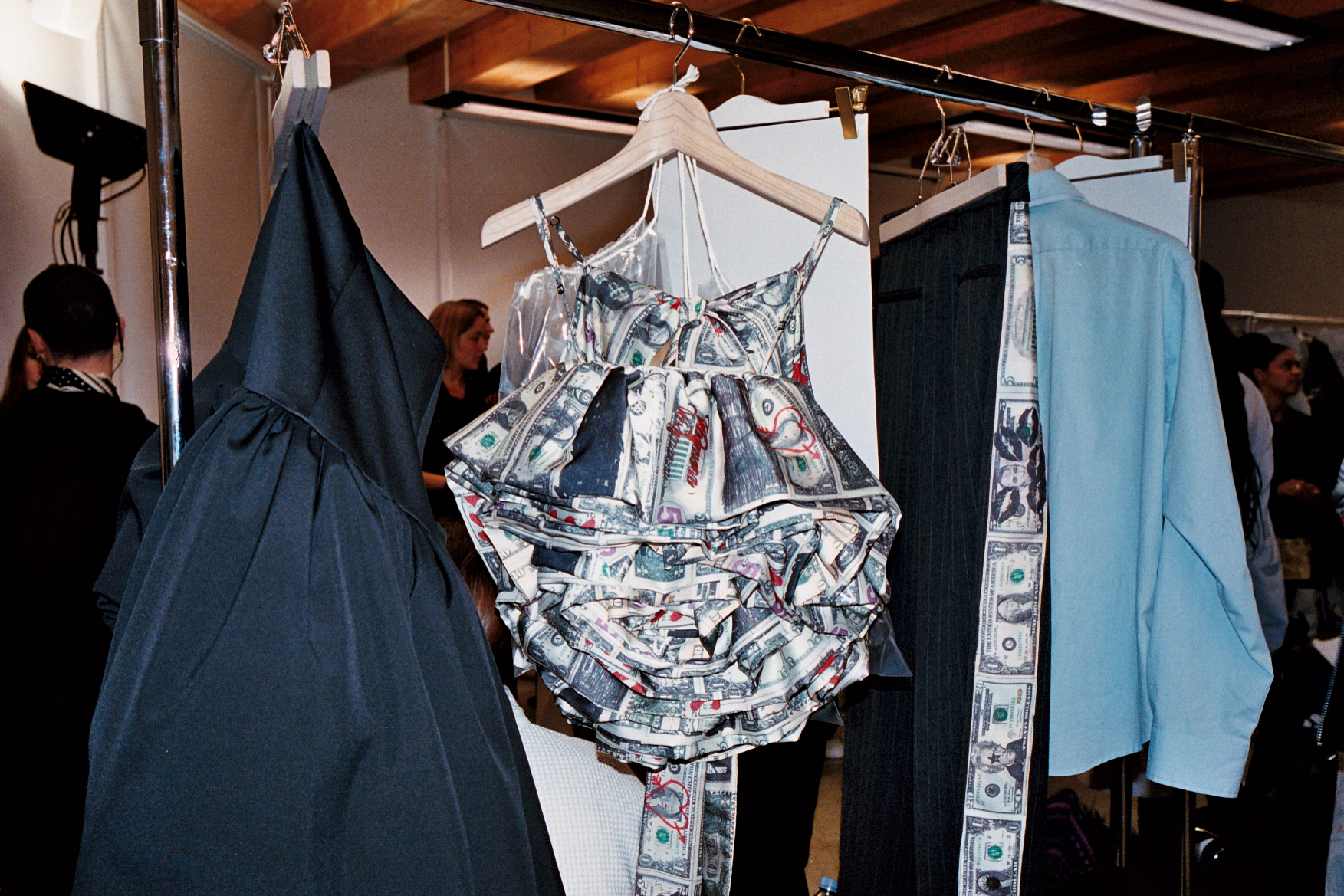
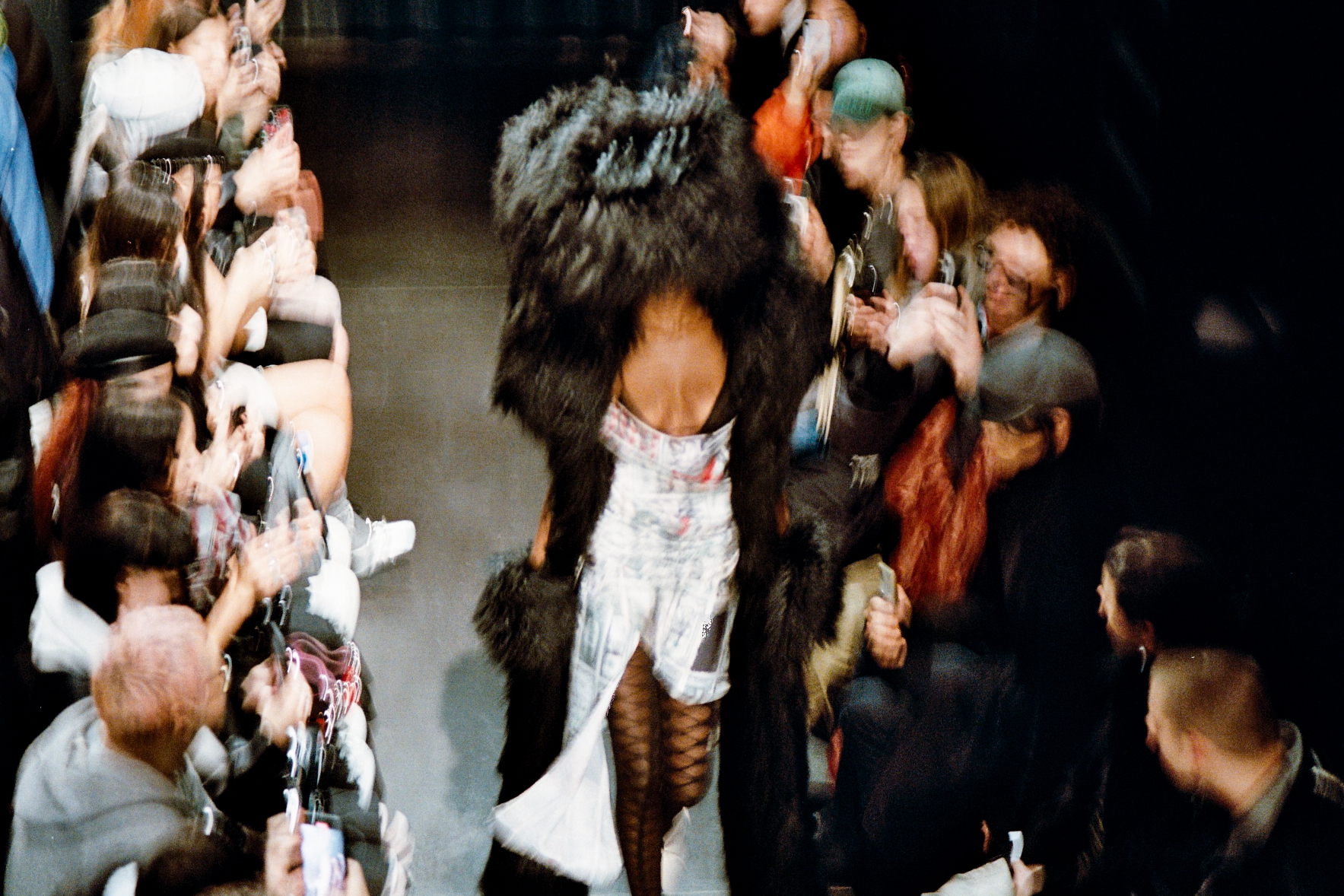
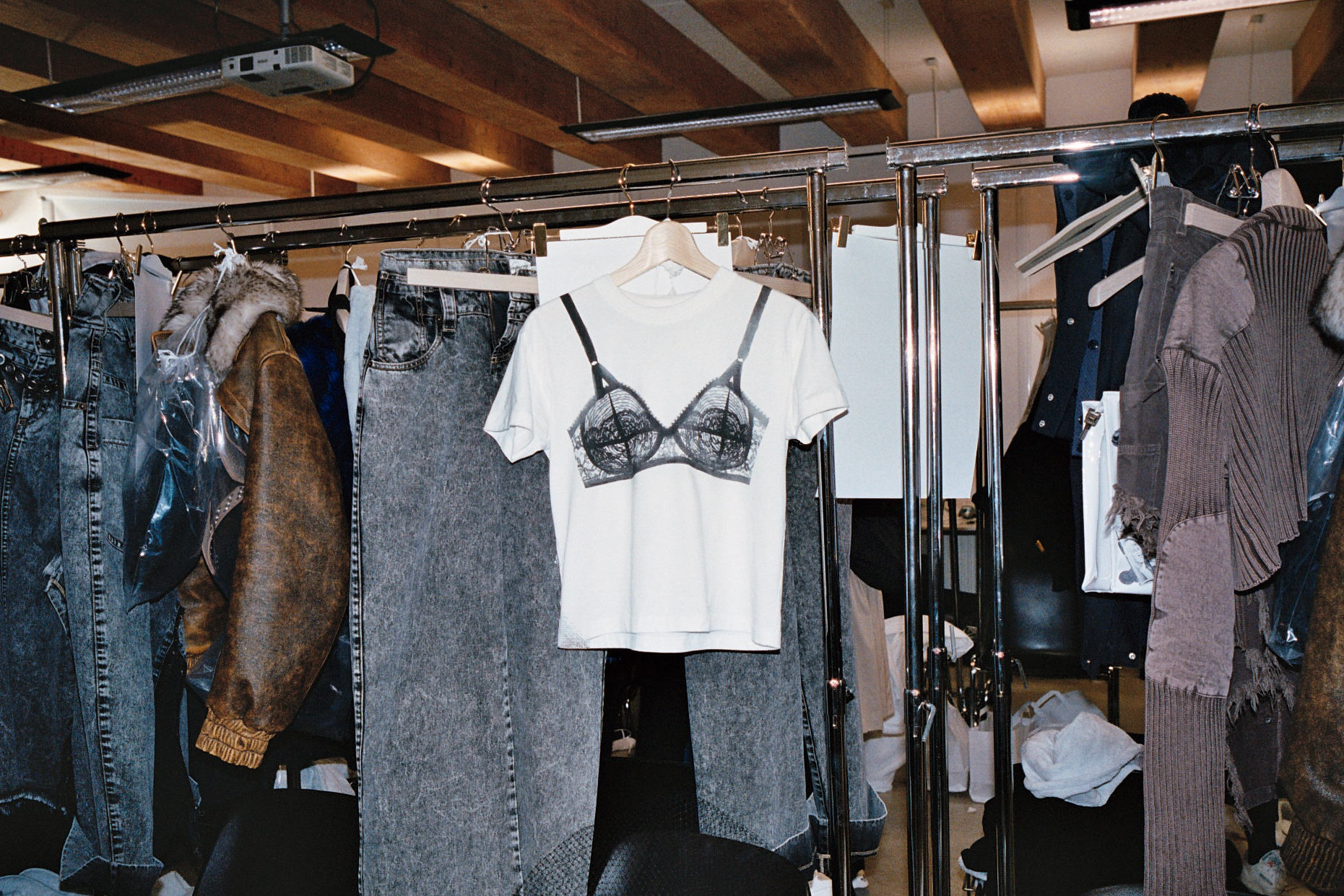
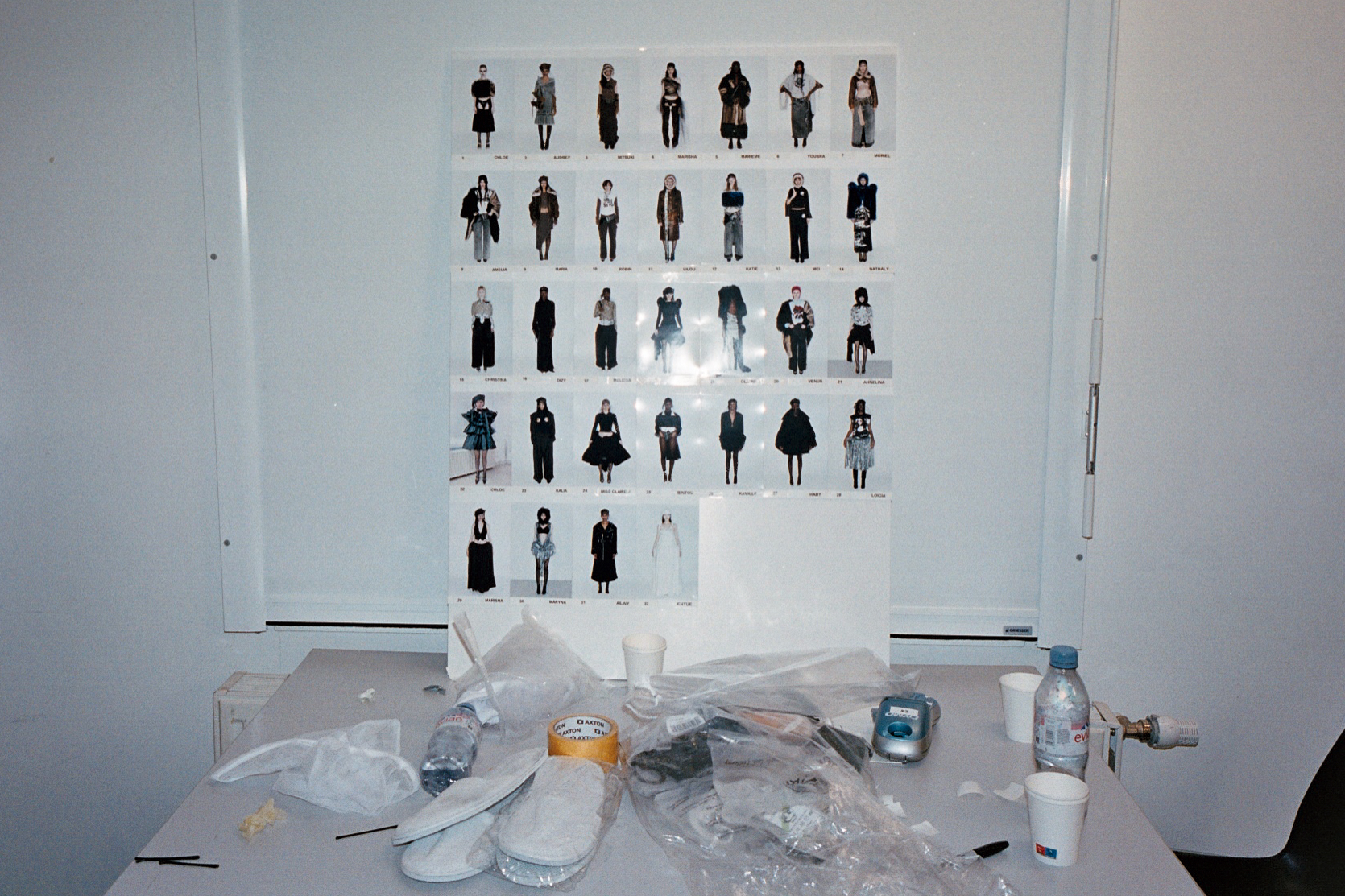
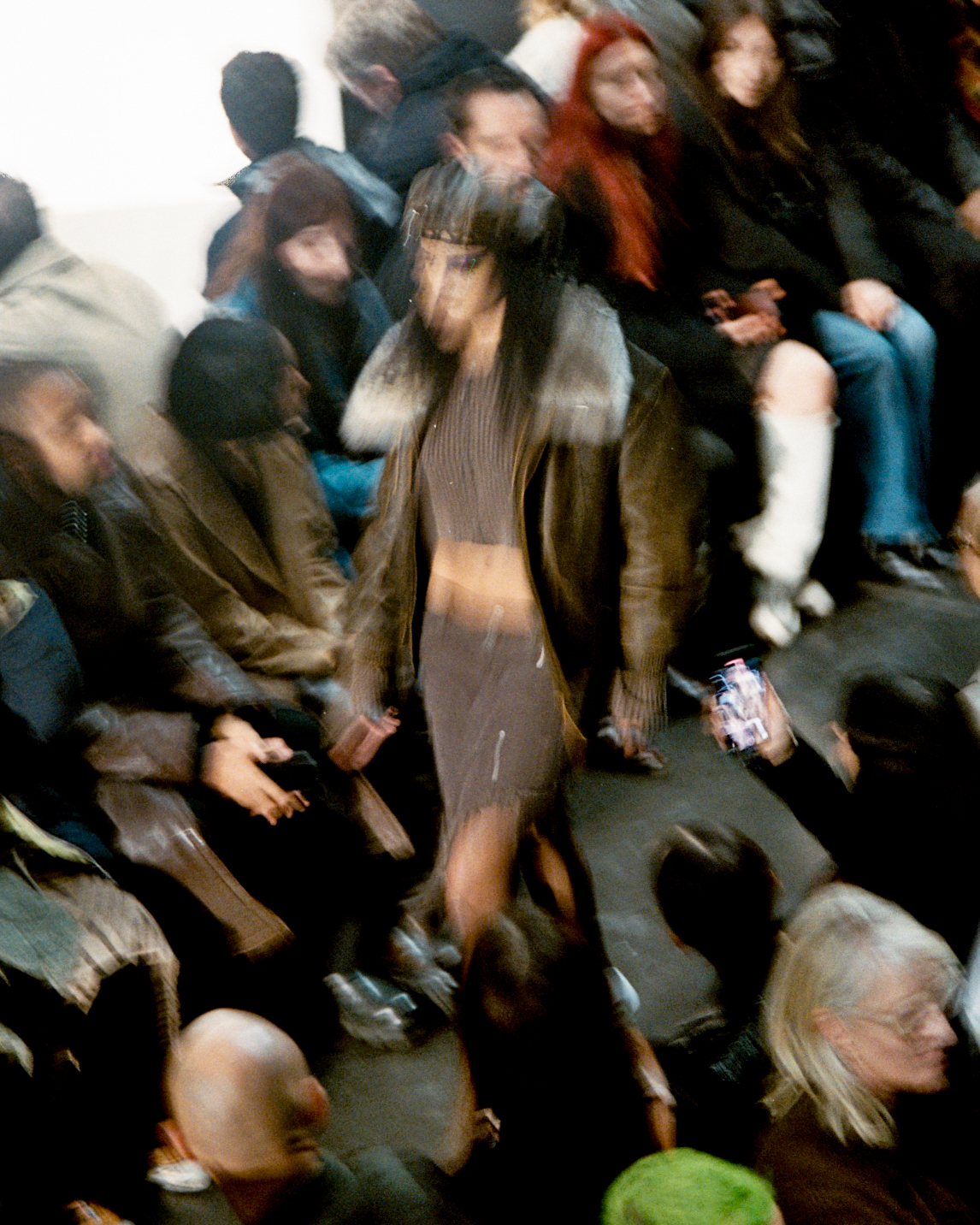
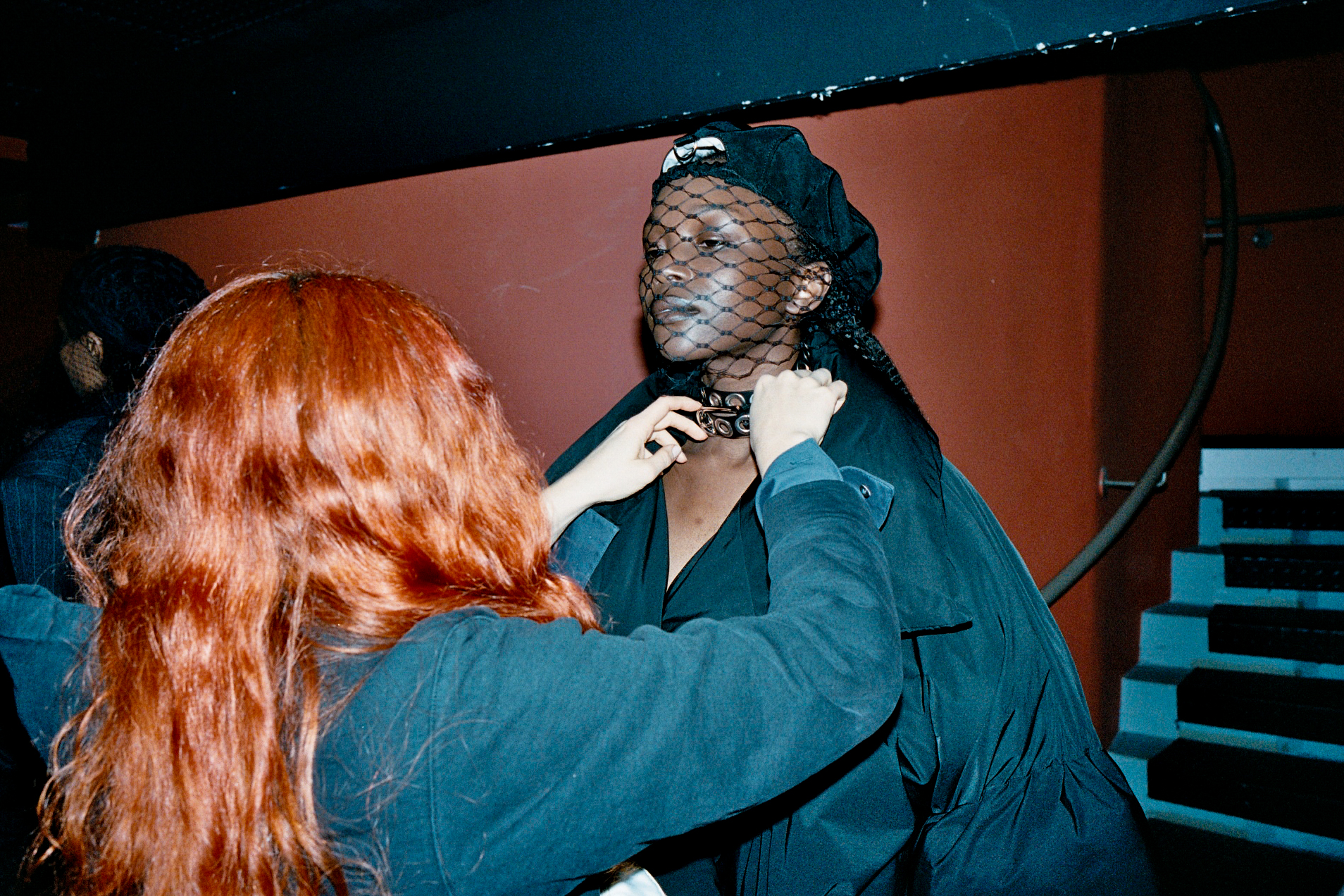
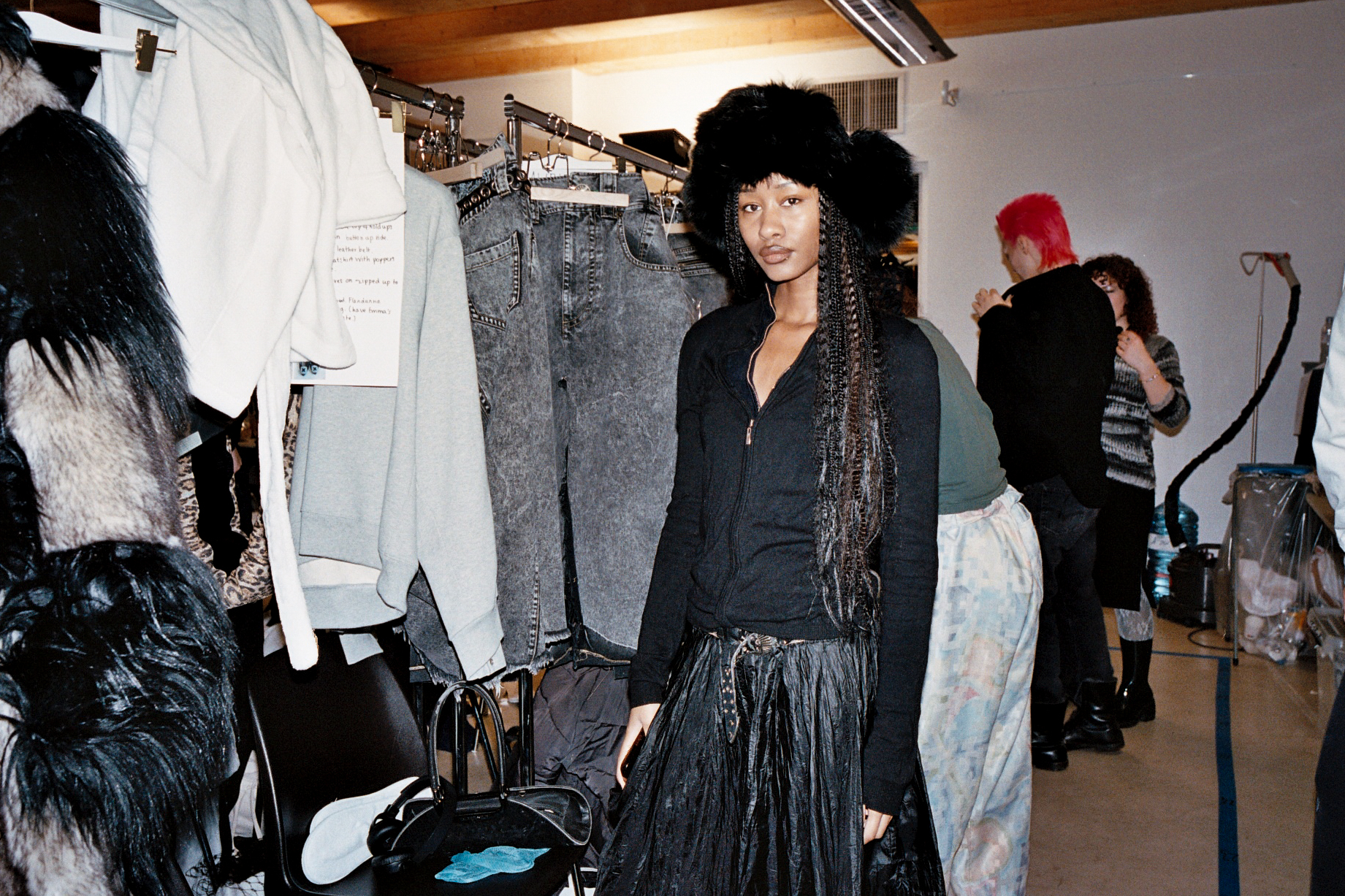
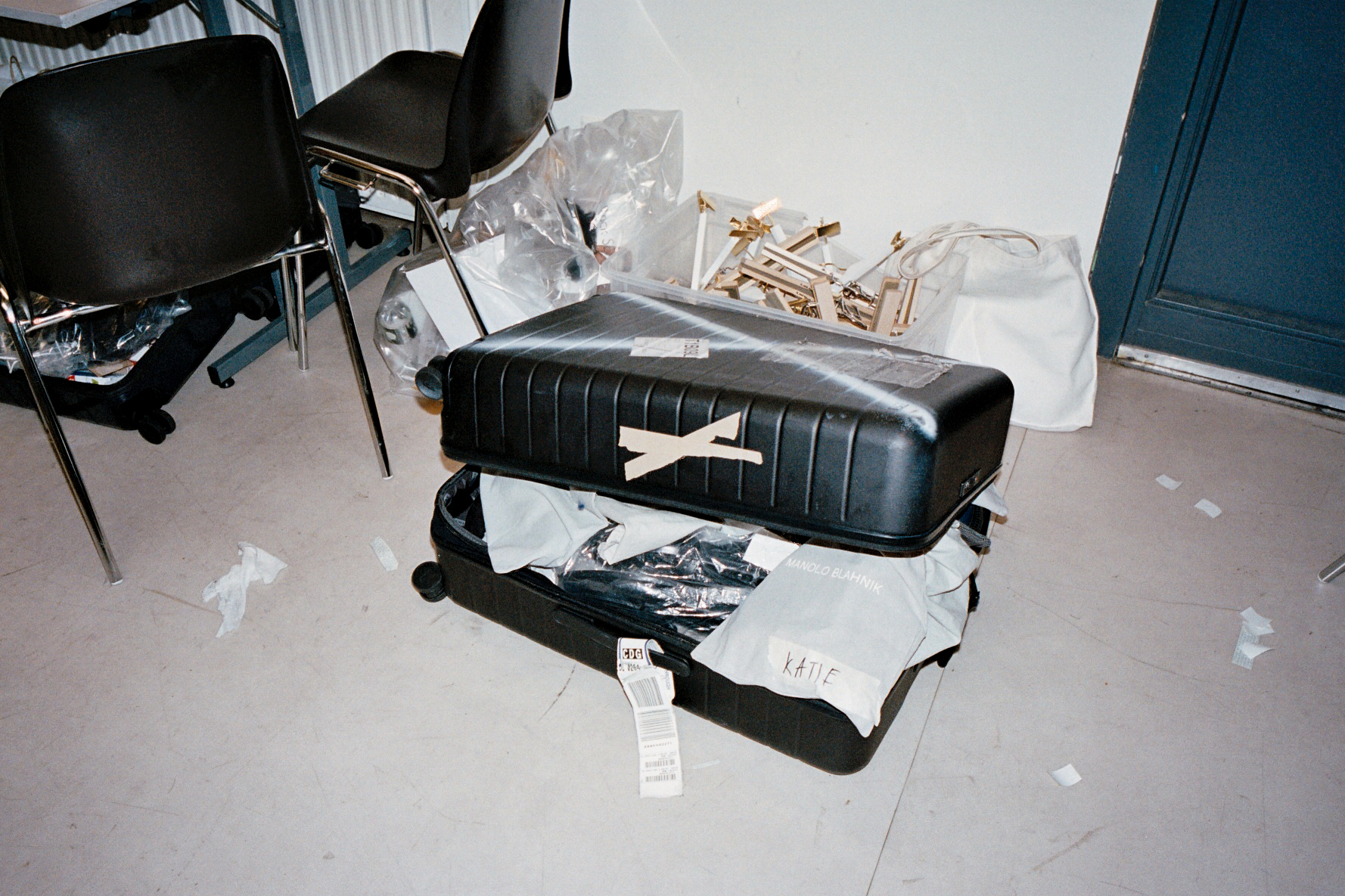
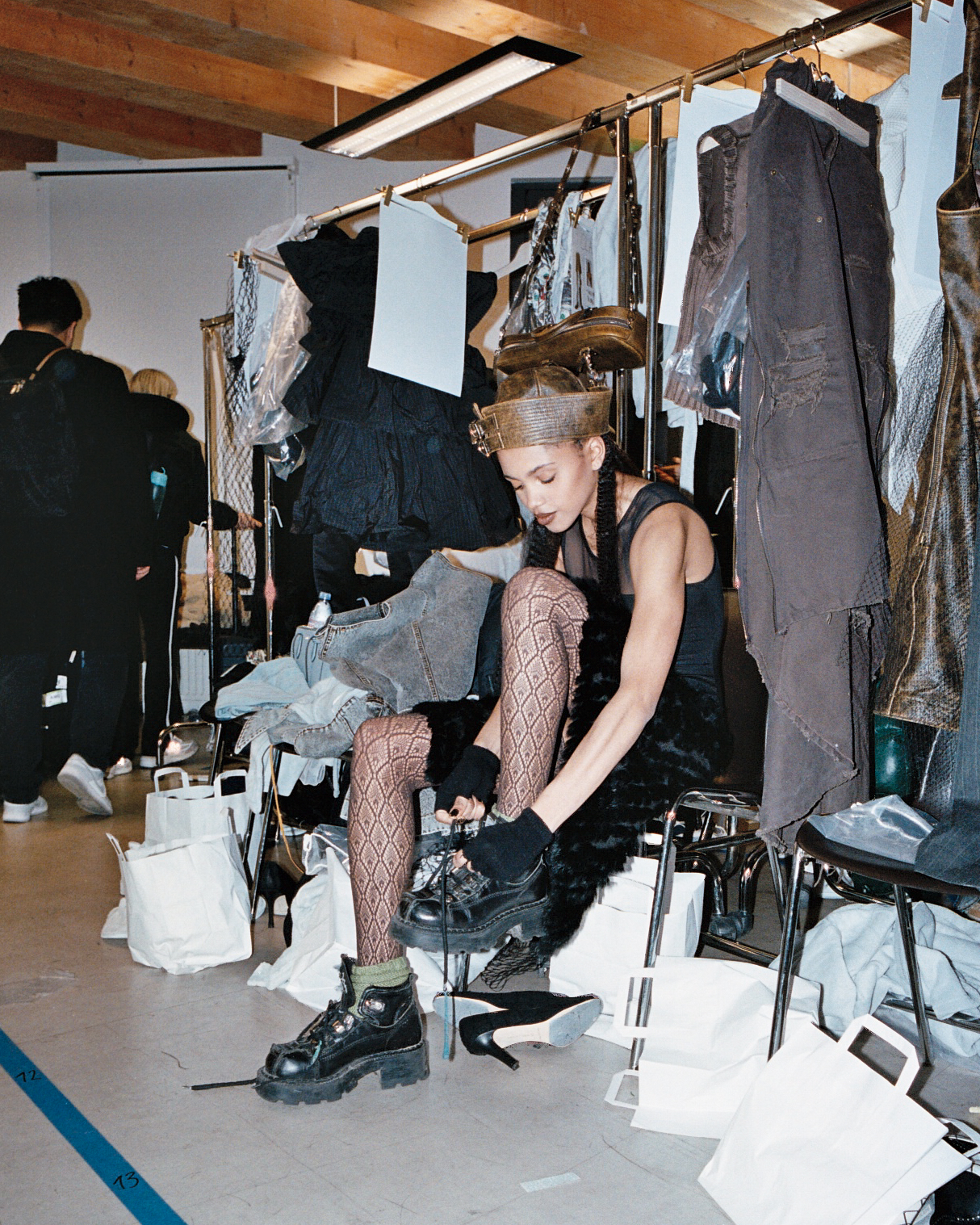









7. The Vaquera Walk (2017)
PDC: After we worked with Emma for one season and cast it with her, the next season she told us to work with Walter [Pearce]. I knew Walter, we had interned together when he was 16. That was another really defining moment, the way our cast looked and we still work with him to this day. Street casting is so common now, but in 2016 it was crazy. They weren’t tall models, they looked like someone you might know. It was kind of groundbreaking, but there’s been so many copycats now that it doesn’t seem that groundbreaking. The way Walter cast the show was really cool because it wasn’t just random, there was a smart vision and it had a cohesive idea.
Part of that was the walk, which was this sort of charge down the runway. Vaquera has always been about making fun of fashion and how silly a lot of the things in the fashion industry are. One of which is how much money and time you spend preparing for a show that’s nine minutes long – it’s a little outrageous. We hated the idea of somebody not paying attention, looking at their phone, so if the models sped past you’re going to miss three looks. It was cool and made the clothes look really dynamic, every picture they’d be flying this way or that way. It became a sort of meme to see the models storming down the runway. Walter would teach the models and do a model bootcamp on the day of the show, which was very fun. It’s not so extreme now, but the Vaquera walk is still there and there’s still an attitude to this day.
8. The Dover Street Market Show, AW20 (2020)
PDC: Working with Dover Street changed our brand and lives like night and day. In 2020, right before the pandemic hit, we had gotten to the point where all of us had second jobs. The brand was doing well and people were into it, but the money and cash flow situation was impossible. We decided not to take a break to figure it out. James Gilchrist, who is the vice president of Dover Street USA, said that he wanted a ticket to the Vaquera show and his PR person told him that we weren’t having a show, so he proposed we do something with them. We pulled the collection together in two weeks; it was a very short turnaround because we pattern everything ourselves, but we were able to turn it out and then we did the show in the store. Then we met Adrian [Joffe] who is CEO of Dover Street Market and he was like, ‘Let’s work together.’ It sort of saved us and we have a really great relationship with them where they provide support systems for us through sales, development, logistics and mentorship.
9. Leaving New York (2022)
PDC: Moving to Paris was similar to the New York Fashion Week moment, but we’d been working with Dover Street Market and they offered to support us if we wanted to move the show to Paris, so we worked out of their building and did our show there. We were like, ‘Whoa, we’re gonna do a show in Paris,’ so that was really crazy. We’d come to Paris for Market Week, but the idea of putting on a show there for the first time was insane, but so fun.
10. The 10th Anniversary Collection, SS25 (2024)
PDC: I’m not afraid to say this collection [Spring/Summer 2025]. It was the ten-year anniversary, but we didn’t know if the show was going to be that cool, it was a real slow burn.
We knew what we wanted to do with this collection and as it came together we were like, ‘Oh no it’s good, it’s really good’. Then we did the show yesterday and we were like, ‘Wait, it’s great!’.
BT: We feel a lot more confident than ever. It was a less gimmicky show. We usually talk about our favourite looks after but we don’t really have a favourite look this time. We like all of the looks and nothing stands out as annoying or too extreme. It’s all good and confident which feels new and exciting to us.
Text: Dominic Cadogan
Photography: Colin Savercool
